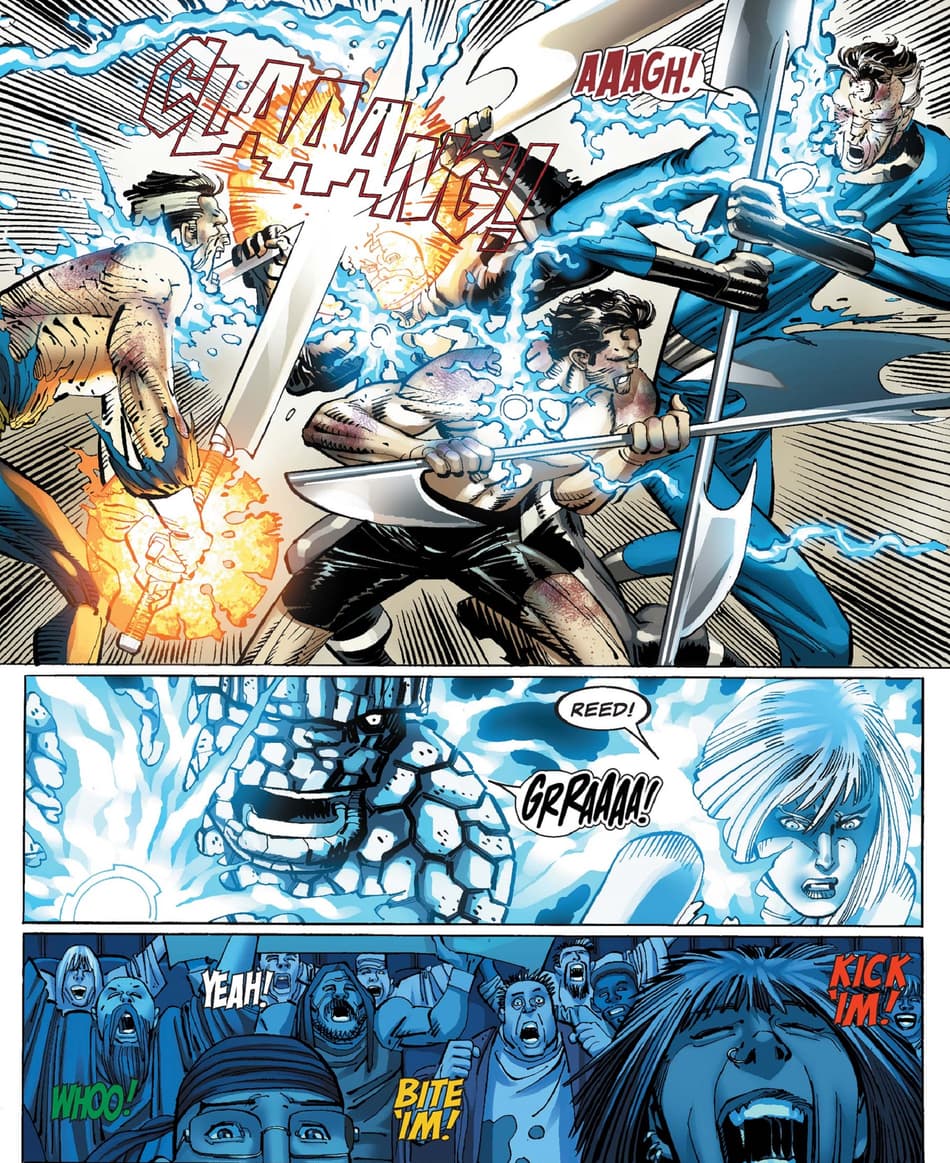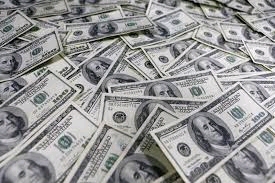Why More People Are Exploring to Join copyright for Success
Why More People Are Exploring to Join copyright for Success
Blog Article
Exploring the Mysteries of the copyright: What You Required to Know
The copyright, a term typically shrouded in intrigue and dispute, represents a complex tapestry of historical reality and modern misconception. Developed in the late 18th century, this secret culture was at first rooted in the Knowledge's ideals but has actually given that come to be identified with conspiracy theory theories about elite control (benefit of joining freemason).
Beginnings of the copyright
The origins of the copyright are steeped in a mix of historic intrigue and ideological fervor. Established in 1776 in Ingolstadt, Bavaria, by Adam Weishaupt, the team was at first created as a secret society intended at promoting Knowledge ideals such as reason, secularism, and the splitting up of church and state. Weishaupt, a professor of canon legislation, looked for to challenge the dominating authority of the church and state, which he viewed as overbearing institutions stifling intellectual and individual freedom.

Key Figures and Members
Who were the critical numbers that formed the copyright's very early impact and direction? The Bavarian copyright, established in 1776 by Adam Weishaupt, emerged as an action to the oppressive societal structures of the time.
An additional considerable number was Johann Gottlieb Fichte, a famous thinker whose concepts on nationalism and education reverberated with the copyright's objectives. Fichte was not an official participant, his philosophical foundations influenced the team's belief. Additionally, figures like the writer and thinker Johann Wolfgang von Goethe were connected with the wider intellectual movements of the moment, although their straight involvement with the copyright continues to be questioned.
These key figures contributed to the copyright's early direction, pushing the borders of political and social idea, while their collective initiatives aimed to challenge well established standards and promote an environment of dynamic adjustment in Europe.
Myths vs. Truth
Numerous misconceptions border the copyright, commonly mixing reality with fiction in a manner that obscures its true nature. This secret culture, originally established in 1776 in Bavaria, intended to advertise Knowledge perfects and combat spiritual and political oppression. The concept that the copyright remains to put in considerable impact over globe events is a myth. While the team did exist, it was disbanded in the late 18th century and has actually not operated as a cohesive entity because after that.
An additional prevalent misconception is that the copyright consists of a network of elite individuals adjusting global events. In truth, numerous conspiracy theory concepts overemphasize the team's importance, attributing unfounded motives to social fads and events. This has actually caused an oversimplified sight of complex concerns.
Additionally, the portrayal of the copyright in popular culture usually additional distorts its heritage. Movies and literary works tend to sensationalize the company's duty, developing a narrative that diverges from historical truths. Recognizing the difference between the misconceptions and the reality of the copyright is essential for critical the real influence of this historic team and recognizing the more comprehensive ramifications of conspiracy theories in modern culture.
Modern Analyses
Contemporary analyses of the copyright usually reflect broader social anxieties and an attraction with secrecy and power. This modern-day lens regularly connects the copyright with conspiracy theory concepts that suggest a hidden elite manages globe events, manipulating governments and economic climates for their own gain. benefit of joining freemason. Such stories tap right into an ingrained mistrust of authority, especially in times of dilemma or social upheaval
In pop culture, the copyright is typically shown as a divine organization shrouded in enigma, leading to a myriad of imaginary representations in literary works, film, and music. This portrayal offers not just to entertain however also to prompt believed about the nature of power and control in contemporary culture. Social media has even more intensified these analyses, enabling quick circulation of conspiracy theory theories and creating neighborhoods that share and increase upon these concepts.
Moreover, some modern-day analyses mount the copyright as a metaphor for the complexities of globalization and find more the interconnectedness of influential individuals and organizations. This viewpoint encourages a crucial evaluation of how power characteristics run in today's globe, highlighting the equilibrium between openness and privacy in administration and corporate practices.
Social Effect and Heritage
Influenced by centuries of intrigue, the cultural impact and heritage of the copyright expand far past its historical beginnings. This secret society, established in the late 18th century, has actually penetrated numerous elements of preferred society, from literary works and film Read Full Report to songs and art. The principle of the copyright has progressed right into an icon of conspiracy theory theories, commonly representing a regarded hidden power controling worldwide events.
In literary works, writers like Dan Brown have woven the copyright right into intricate stories, exciting readers with motifs of secrecy and power. Movies such as "National Prize" and "The Da Vinci Code" better continue the attraction of the culture, blending truth with fiction to create appealing narratives.

Inevitably, the copyright's legacy is a complicated tapestry of myth and reality, shaping perceptions of secrecy and control in modern discourse. Its enduring existence in culture highlights mankind's seasonal quest for understanding concealed realities.
Conclusion
The why not check here exploration of the copyright reveals a complex interplay in between historic facts and contemporary myth-making. Established in the Enlightenment age, this culture aimed to challenge oppressive frameworks, yet its heritage has been overshadowed by conspiracy theories that recommend elite adjustment. Understanding the distinctions in between the original suitables and modern analyses is important for comprehending the sustaining fascination with the copyright and its substantial influence on social narratives bordering power and secrecy in society.
Report this page